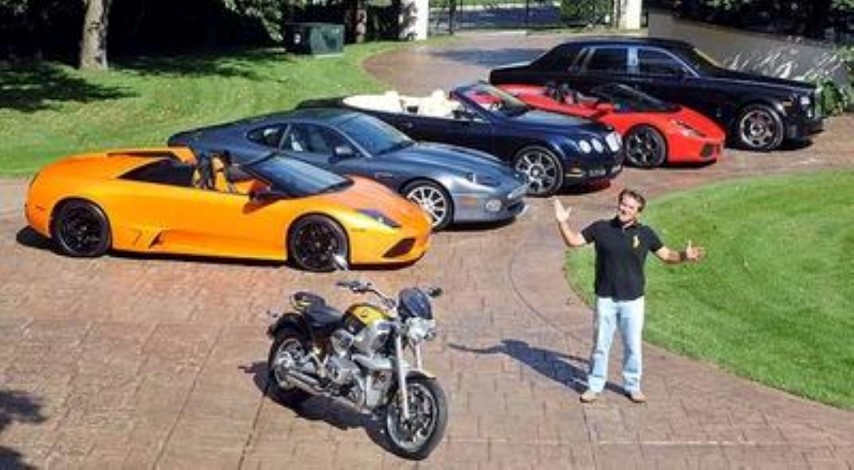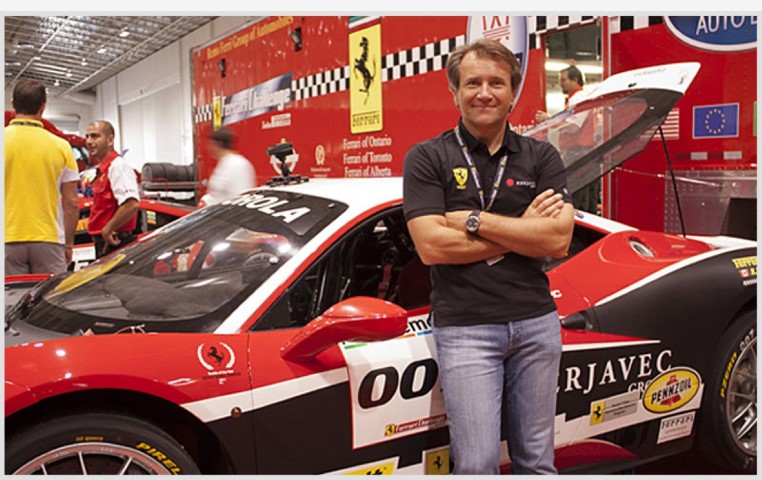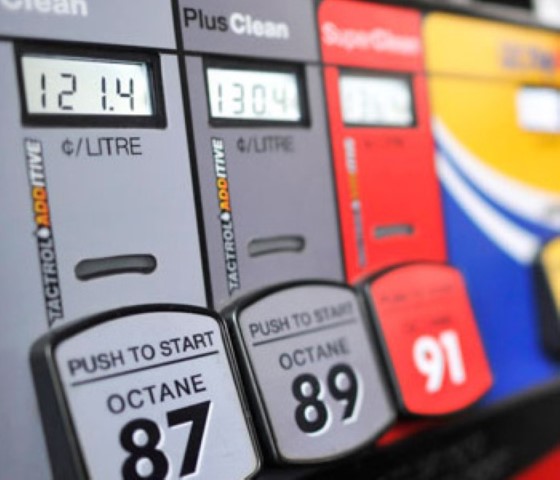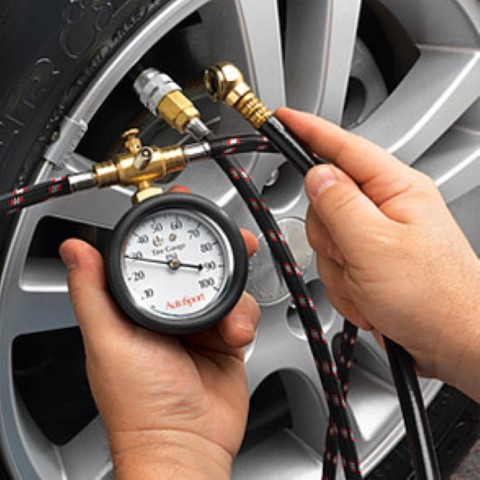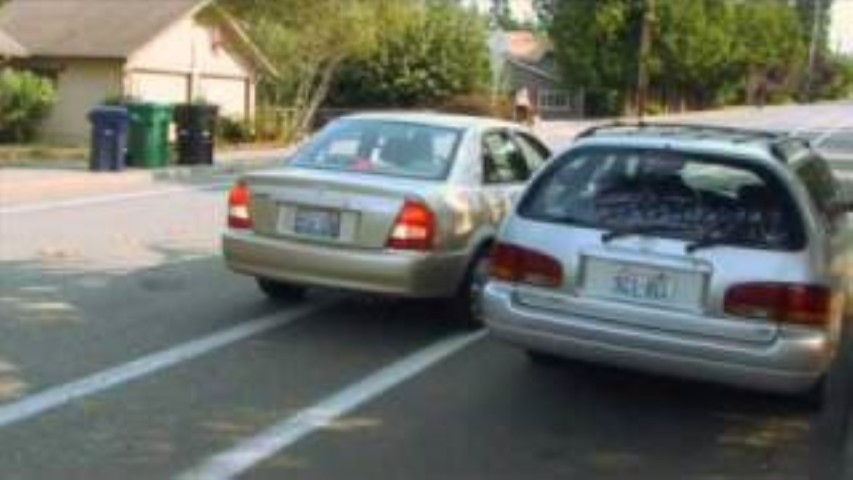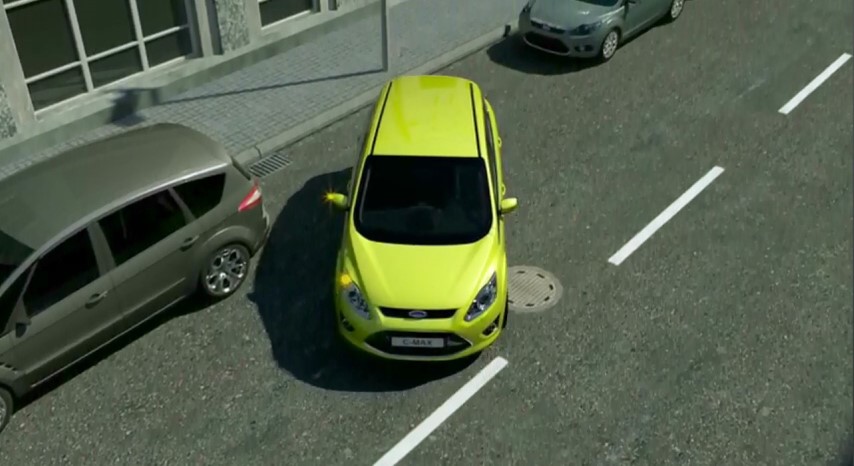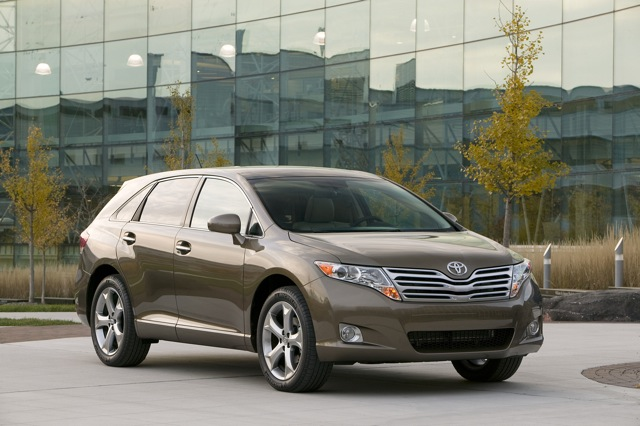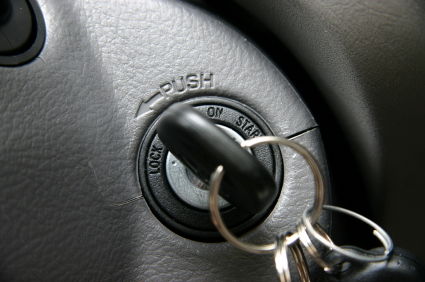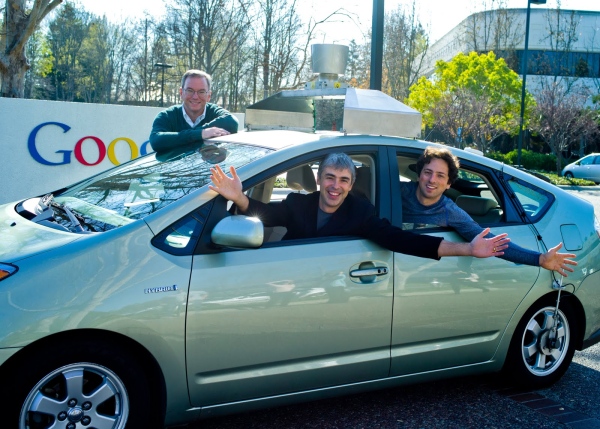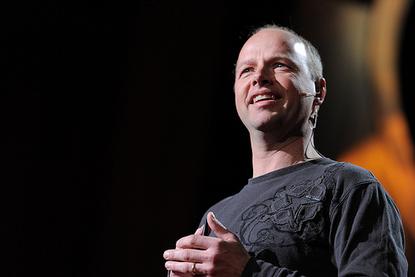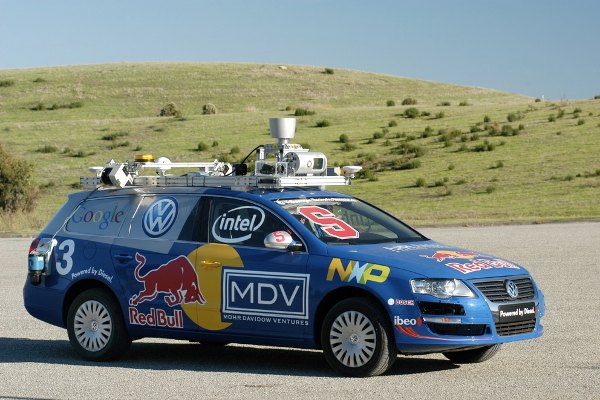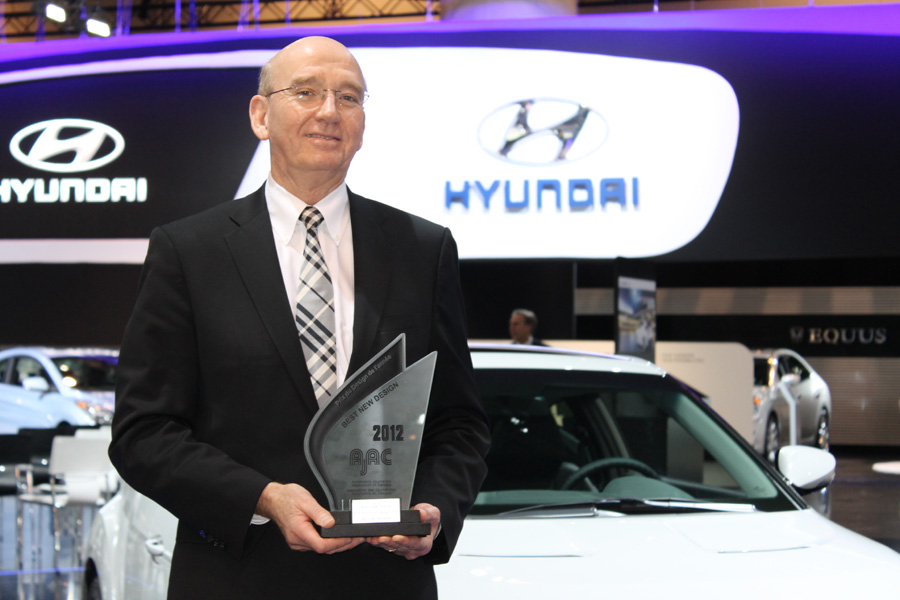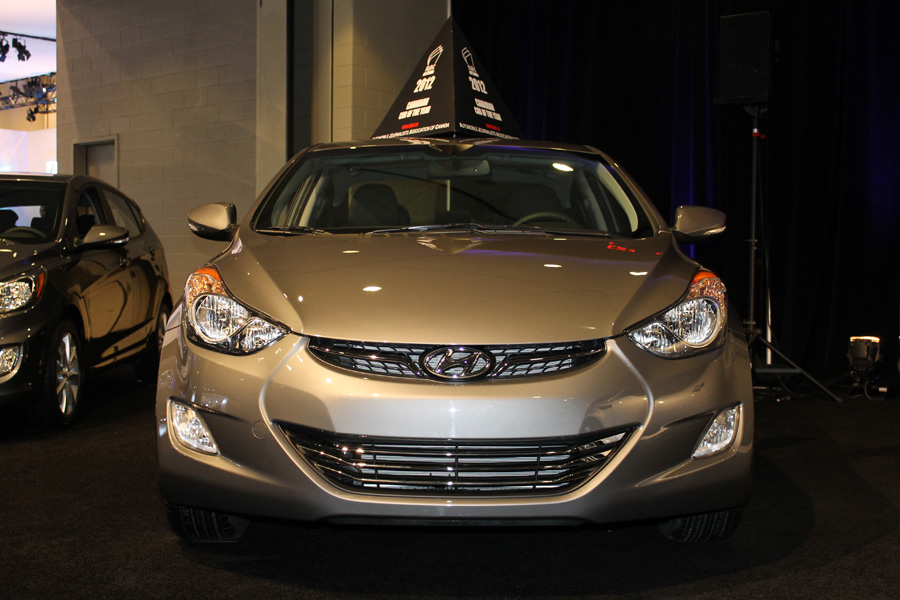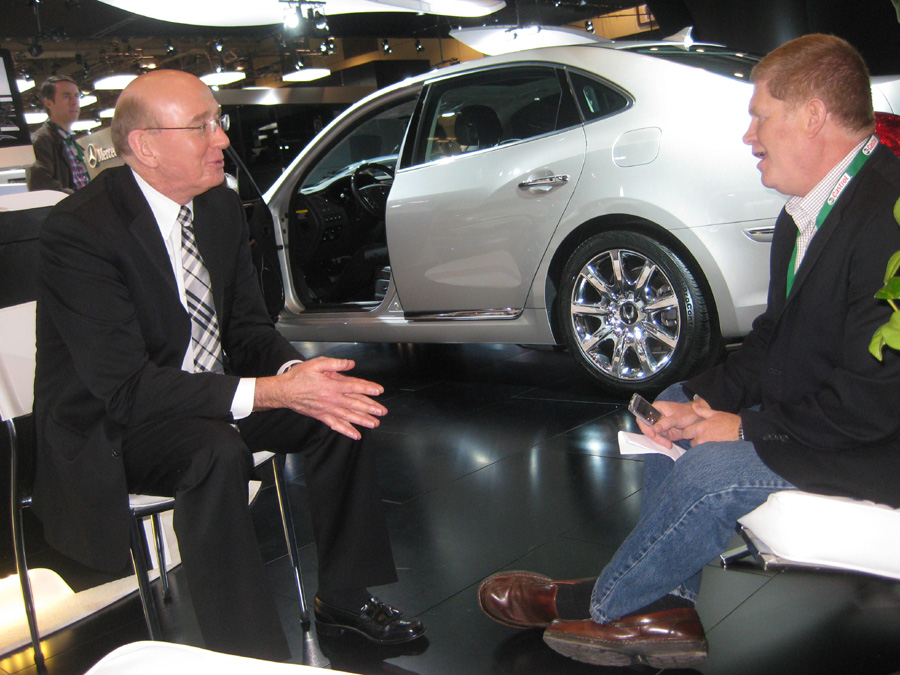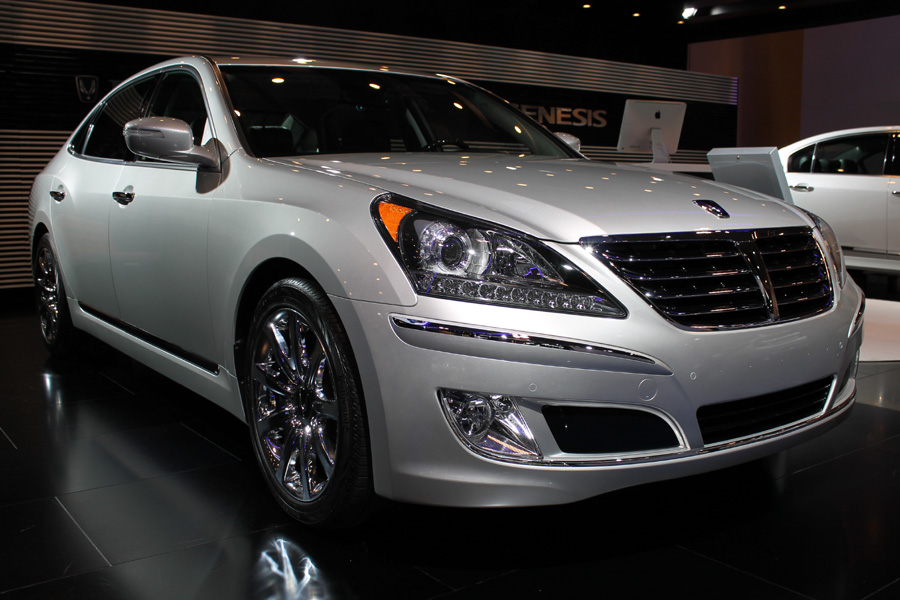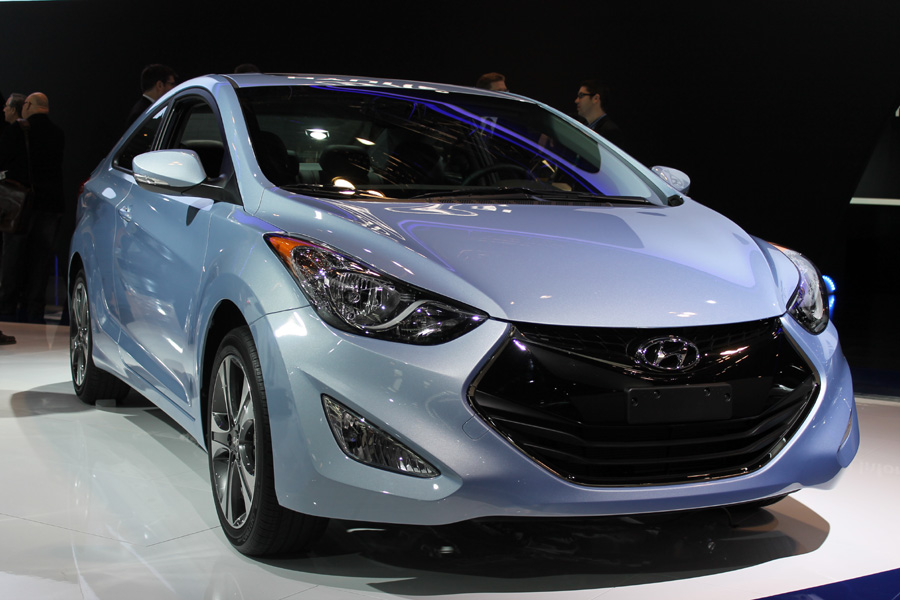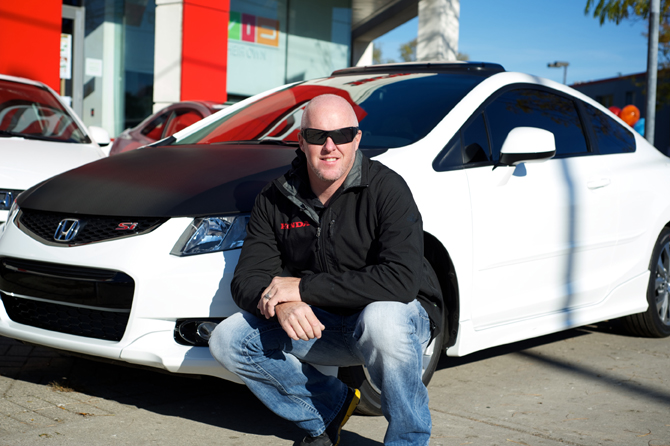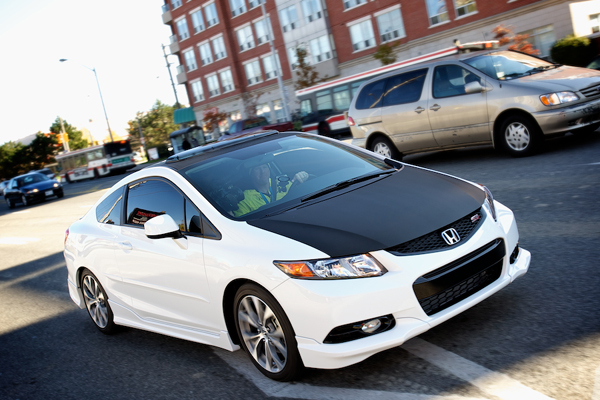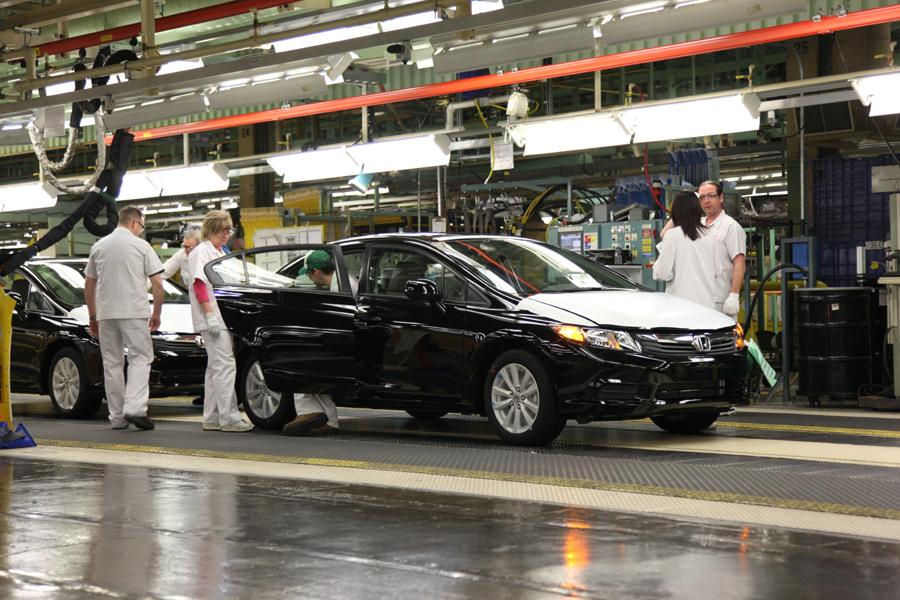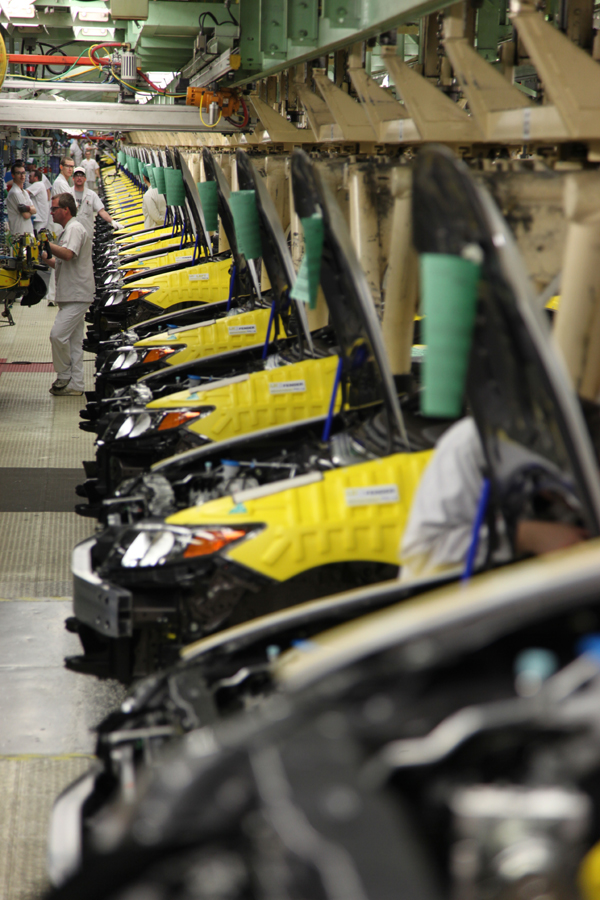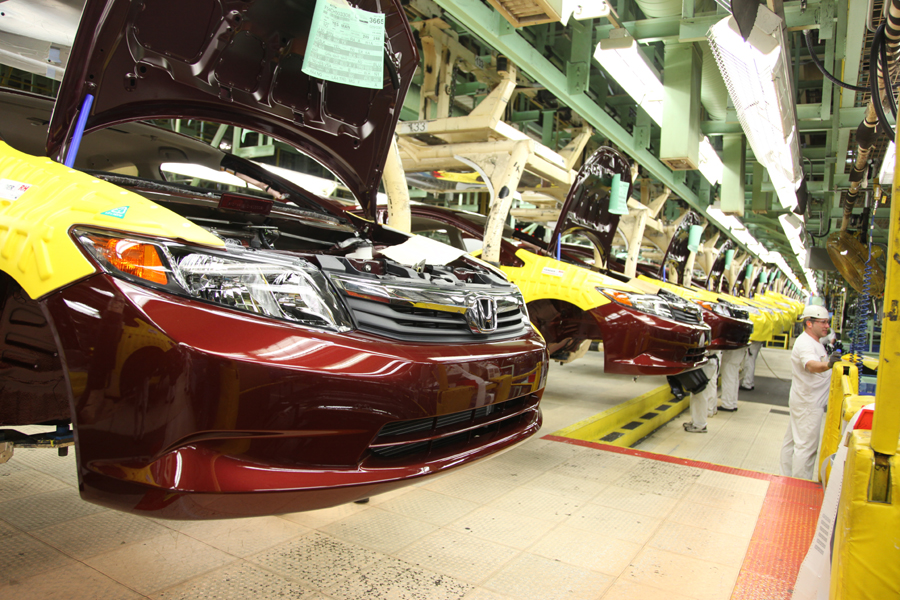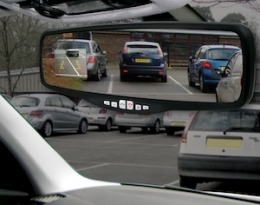In the past five years, automakers have been building new “functionality” into their vehicles the way Gillette has been adding blades to their razors: relentlessly. With their myriad menu options, varicoloured instrument panels, and touch-screen displays, the consoles of many modern cars resemble the cockpit of an Apache gunship and often require operating manuals of their own. For some ecstatic buyers caught up in this wave of techno-enthusiasm, the technology behind the dashboard is virtually as important as the technology under the hood. Watch a few car ads and you’ll get the idea: digital high tech is often given pride of place over safety ratings, fuel economy, horsepower, and other less modish selling points.
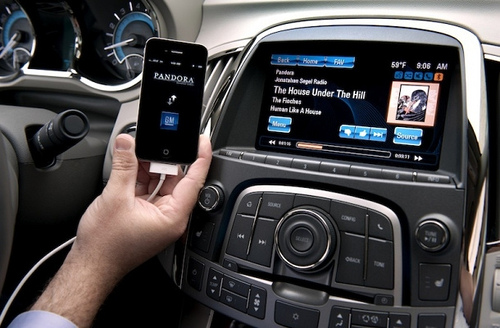
But just what is all this state-of-the-art gadgetry in service of, exactly? As often as not, it seems to be a solution in search of a problem. What specific shortcoming, for instance, does onboard Wi-Fi connectivity promise to solve? Are our vehicles insufficiently entertaining? Should they be transformed into “Web-enabled media hubs” so that we can issue tweets and Facebook updates by voice command while negotiating rush-hour traffic? Assuming it even occurs to the techno-zealot to ask himself such questions, the answer is usually a resounding “why not?”
It’s an article of faith amongst techno-zealots – people for whom the word feature holds a quasi-religious significance – that just because something is possible, it naturally follows that it ought to be done. In many ways, necessity is no longer the mother of invention: new things are developed to create demand, not to supply it, and new technology is often developed to solve problems it creates (e.g., how can we get a clean shave, look professional, achieve worldly success, attract significant other, produce smooth-cheeked offspring, etc., with fewer than six blades on our razors?). But remember the good old days when most of us still shaved with single-bladed disposables and somehow managed to get by without cameras in our cell phones and DVD players in our cars?
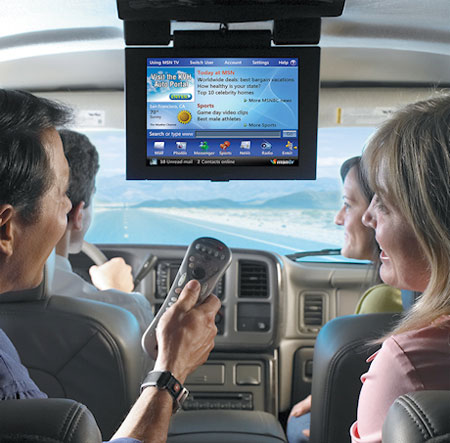
This is not just misty-eyed nostalgia for a supposedly simpler time that never really existed in the first place. There’s no question that, in many ways, modern vehicles are safer and more reliable than ever, thanks in no small part to human ingenuity and technological innovation. But somewhere along the way human ingenuity succumbed to the principles of the marketplace, and many of today’s technological innovations have about as much business in a car as a bread maker or an espresso machine (though perhaps their day too will come).
It’s hard to deny the convenience of many of these gadgets. For instance, drivers with onboard GPS are not likely to lose their way; but then neither are drivers who take it upon themselves to plan their routes ahead of time. Relying on roadmaps for guidance may be less convenient, but drivers who do so typically gain far more thorough and lasting knowledge of the region they’re navigating than those who blindly comply with their nav system’s automated voice commands. Similarly, automatic parking assistance and blind-spot alerts are highly convenient, but they may eventually make the art of parallel parking and changing lanes obsolete. For all their convenience, a lot of these innovations are contributing to the deskilling of drivers by relieving them of the need to learn how to safely operate their own vehicles. The point is: technology giveth and technology taketh away. Although techno-zealots have a great deal to say about what we stand to gain from technology, they seldom bother to ask what we may be giving up into the bargain.
Even the technological innovations that promise to improve our safety may have unexpected consequences. Studies have shown that owners of vehicles with antilock brakes tend to drive faster, follow closer, and brake later than owners of vehicles without them on the unacknowledged assumption that the technology will let them get away with riskier behaviour. Similarly, researchers have found that airbags may actually encourage more aggressive driving. This puzzling phenomenon is in line with what is known as the offset hypothesis: although the technologies are safer in principle, the advantages they provide are offset by the fact that drivers unconsciously adapt their behaviour when they believe the risk of an accident is more remote. Far from preserving us from danger, these and other similar technologies may actually be breeding complacency, encouraging us to relax our guard by promoting a false impression of security that makes us more susceptible to the very lapses that cause accidents in the first place. If you’re told the ship is unsinkable, the threat of an iceberg becomes an afterthought, and it’s full speed ahead come what may.
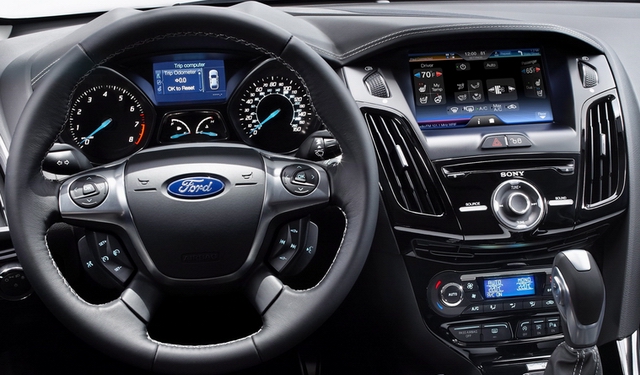
From toasters to microprocessors to virtually anything with moving parts, all technology is liable to break down, but the more elaborate the apparatus, the greater the margin for error. Just ask owners of new Ford vehicles with MyFord Touch. Due in part to a rash of technical glitches with the touch-screen communications and entertainment system (to say nothing of the inherent difficulty of figuring out how to use it when it works), the Ford marque recently fell 10 places in the annual Consumer Reports auto reliability survey, where it ranked a borderline respectable 20th out of 28 leading brands. Ford has already overhauled the system and begun to issue upgrades, but it seems like the disease is being prescribed as the cure: evidently there’s no better fix for faulty technology than more technology.
According to conservative estimates, some 25% of all vehicles manufactured in the next five years will come equipped with Internet connectivity. If some commentators are to be believed, an Internet connection will improve the driving experience by creating new and exciting possibilities for “in-car entertainment.” But since when were our vehicles intended to entertain us? Shouldn’t we be more concerned with getting from one place to another in safety and relative comfort? And is it not plain to see that these exciting new in-car entertainment possibilities may distract drivers from the business of driving and so expose them and others to significant risk?
Apparently not. Techno-zealots argue that intuitive touch-screen interfaces and hands-free voice-recognition software ensure that drivers can enjoy the full gamut of their vehicles’ functionality without endangering anyone. But drivers face different kinds and degrees of distraction. Most of us can hold up our end in conversation with passengers, listen to a ball game, or cope with kids squabbling in the backseat. These ambient distractions may increase our cognitive load (the quantity of information our brains need to process at a given moment), but they typically don’t require us to take our eyes off the road for any length of time. Then there are the distractions that preoccupy our eyes, hands, and minds all at once. For instance, a recent study out of Texas A&M’s transportation institute found that texting while driving is even more dangerous than common sense suggests: not only can it lead to erratic driving, but it also significantly reduces driver reaction time, which is potentially disastrous when you consider how quickly danger can develop even when travelling at relatively low speeds. Similarly, the infinitely cascading menu options and settings, the touch-screen radio and temperature controls in place of good old-fashioned knobs and dials, and all the other rampant multi-tasking functionality hardwired into our cars can fragment our attention and put us all at risk. After all, it takes only a second to make the mistake of a lifetime.
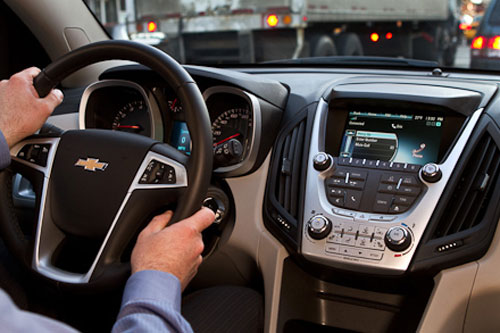
But not to worry, says the techno-zealot: Web-enabled cars will supposedly be able to communicate with other vehicles on the road by relaying important status information by way of a kind of electronic heartbeat. In the words of one industry expert quoted in a May 2010 article in Car and Driver, “If there’s a red light ahead and the car is going too fast, you’ll be sent a message and the car will stop you from crashing into an intersection.” What a relief: how else would we know when to slow down if not for our cars’ say-so? Why should drivers have to exercise their own judgment and determine whether to stop all by themselves when a computer can do it for them? Better to leave those kinds of decisions to the wisdom and experience of a circuit board.
Not so very long ago, techno-zealotry was a fringe movement regarded with suspicion and even scorn by the mainstream. Words like geek and nerd had not yet become terms of endearment or distinction, and the only people who talked excitedly about Bluetooth, Internet connectivity, touch screens, and USB ports tended to be pale-faced shut-ins with bad haircuts who turned out in pimpled droves at Star Trek conventions. Maybe we’ve become a more tolerant society, a place where geeks and nerds are not only free to leave the safety of their parents’ basements but even hailed for their technological savvy as the leaders of a brave new world. Or maybe we’ve just become a society of nerds, without realizing or regretting it. Either way, there’s something undeniably puerile about the desire to have all the latest so-called “toys” installed in our vehicles. It’s hard to imagine Steve McQueen in Bullitt or Burt Reynolds in Cannoball Run getting all bent out of shape because their cars didn’t have enough apps or integrated support for their PDAs. Perhaps it’s time to put aside childish things. Driving can be a fun and exhilarating experience, but cars are not interactive entertainment hubs, and toys should be left at the playground, where they belong.
